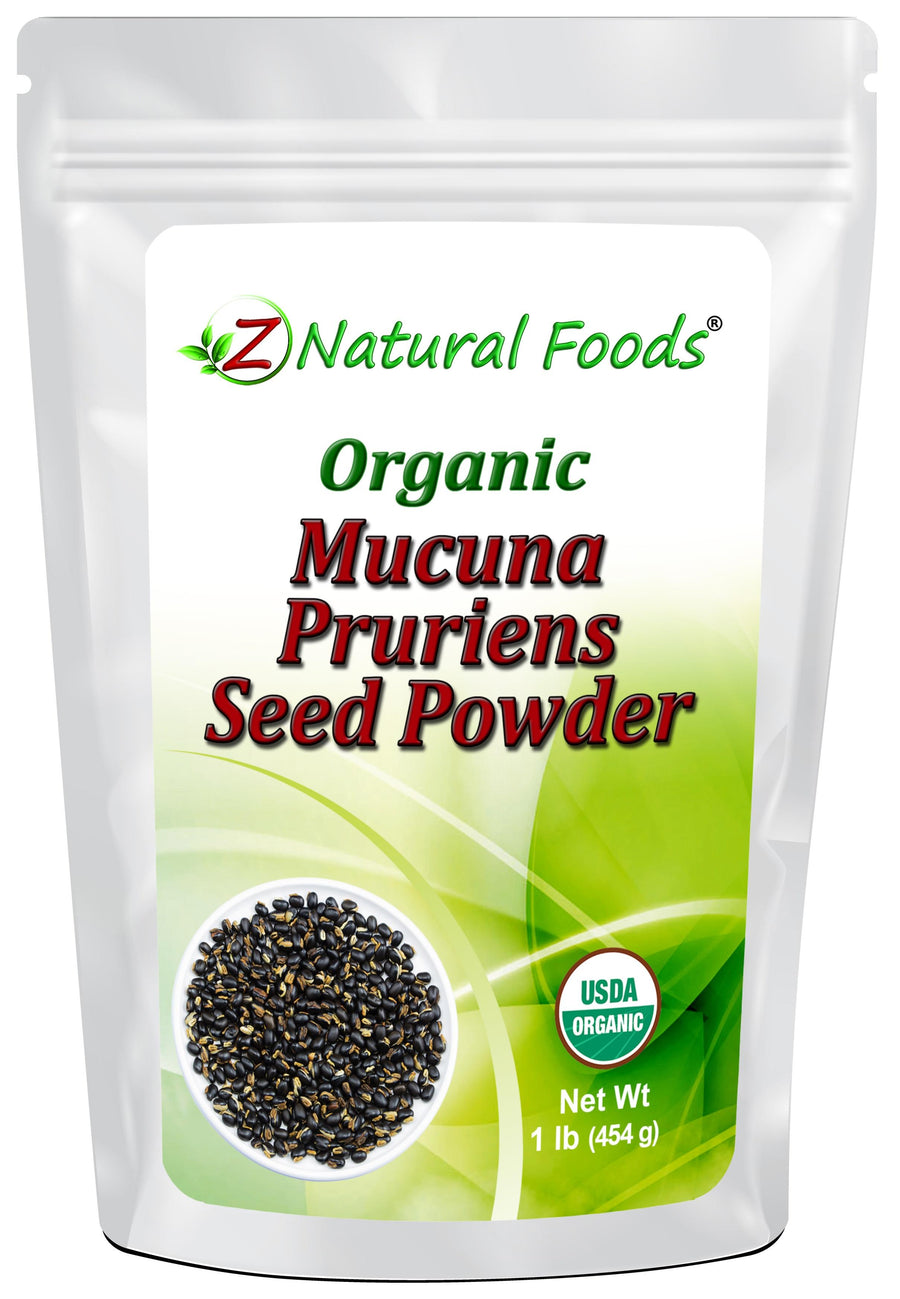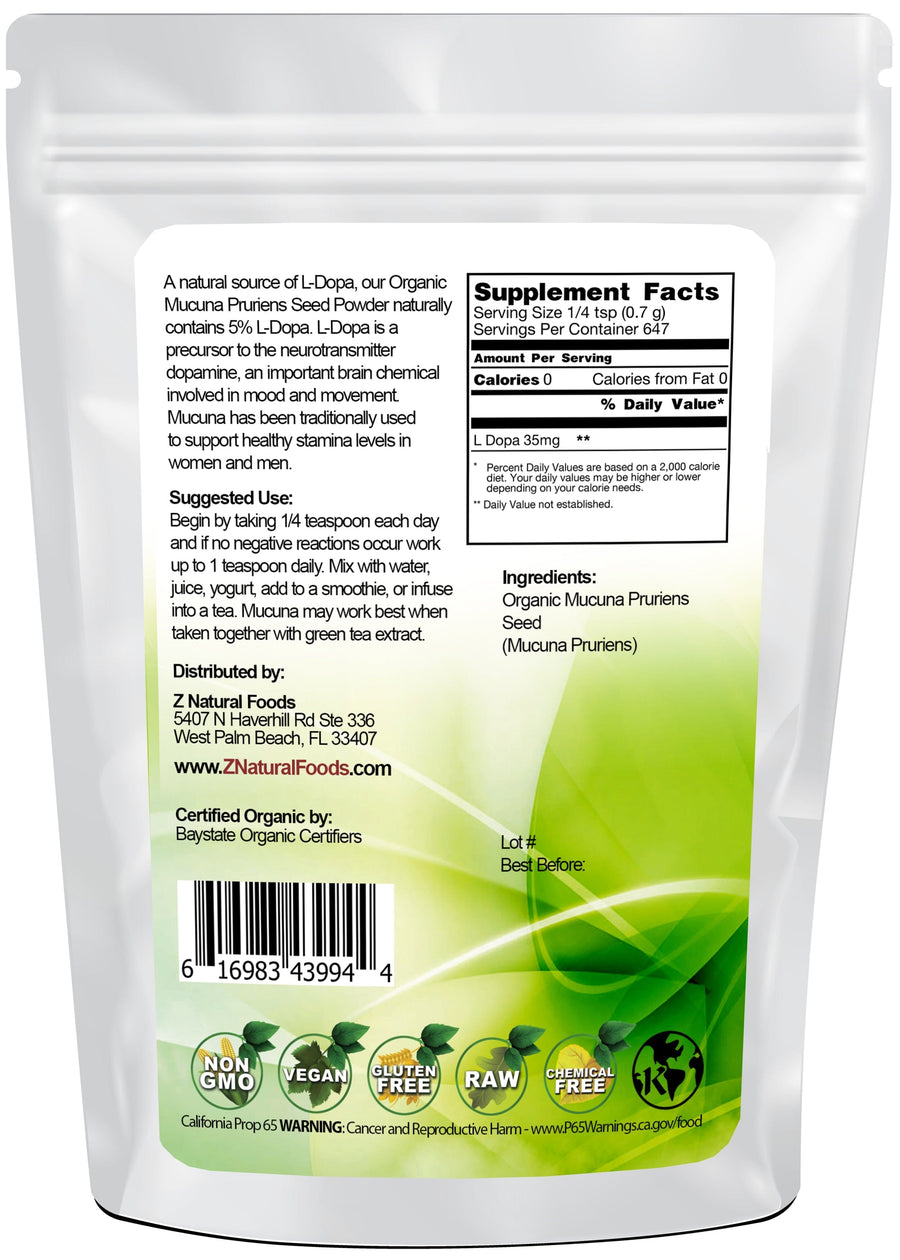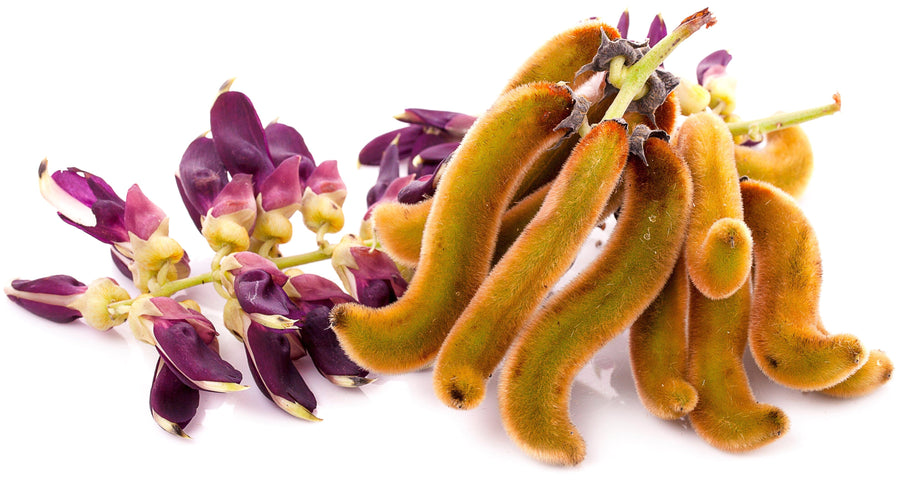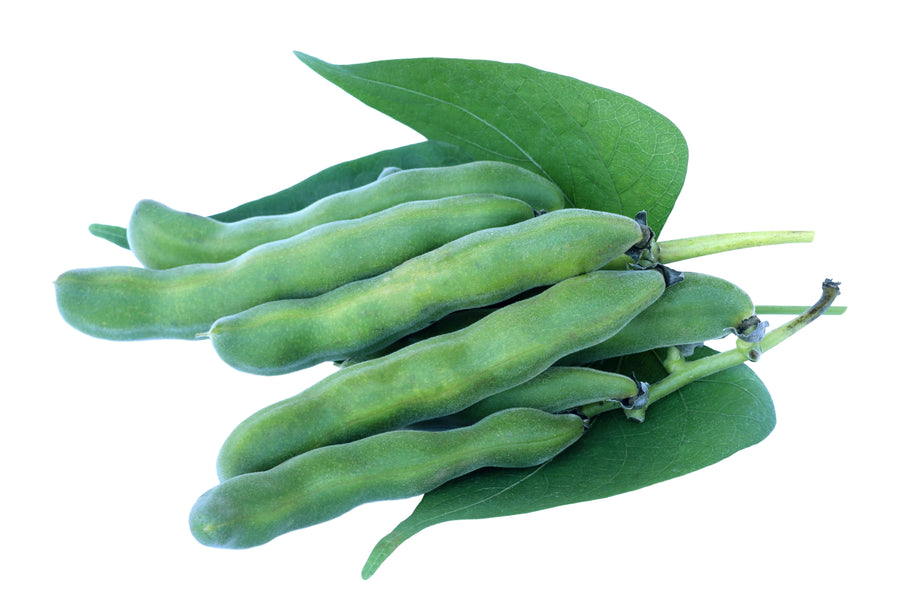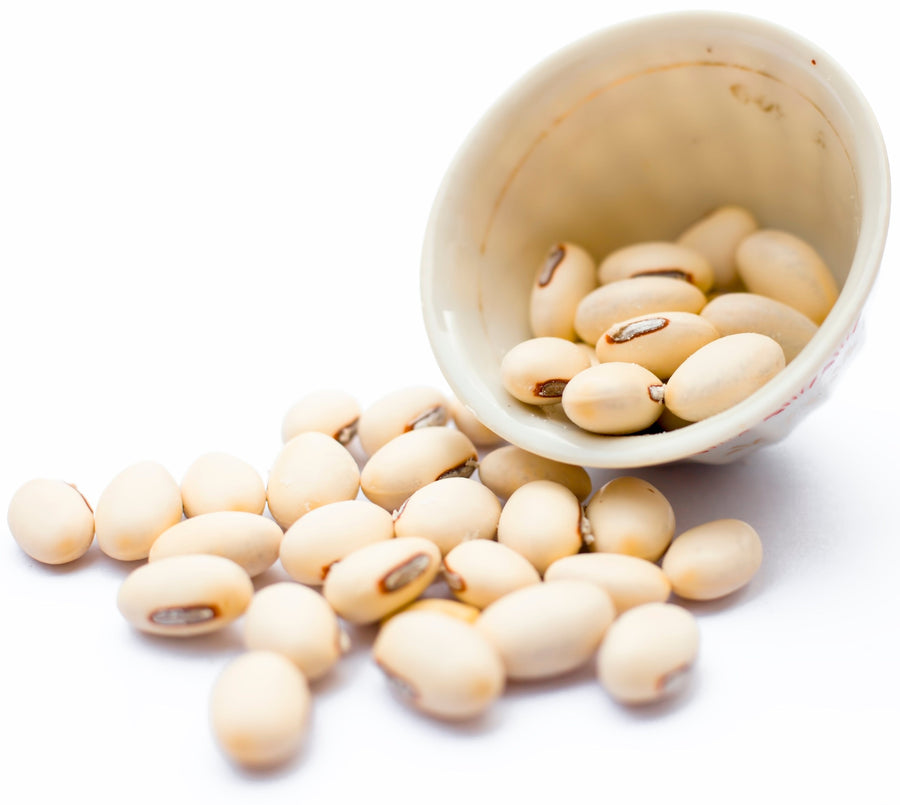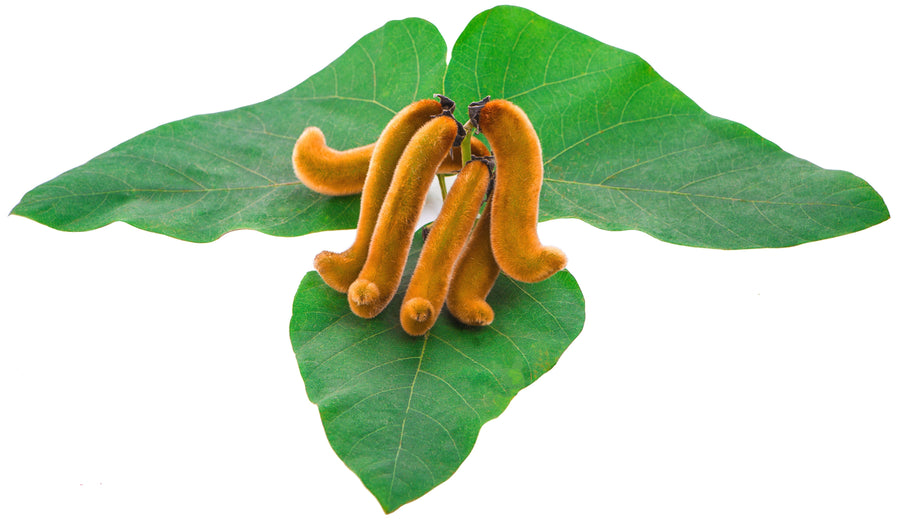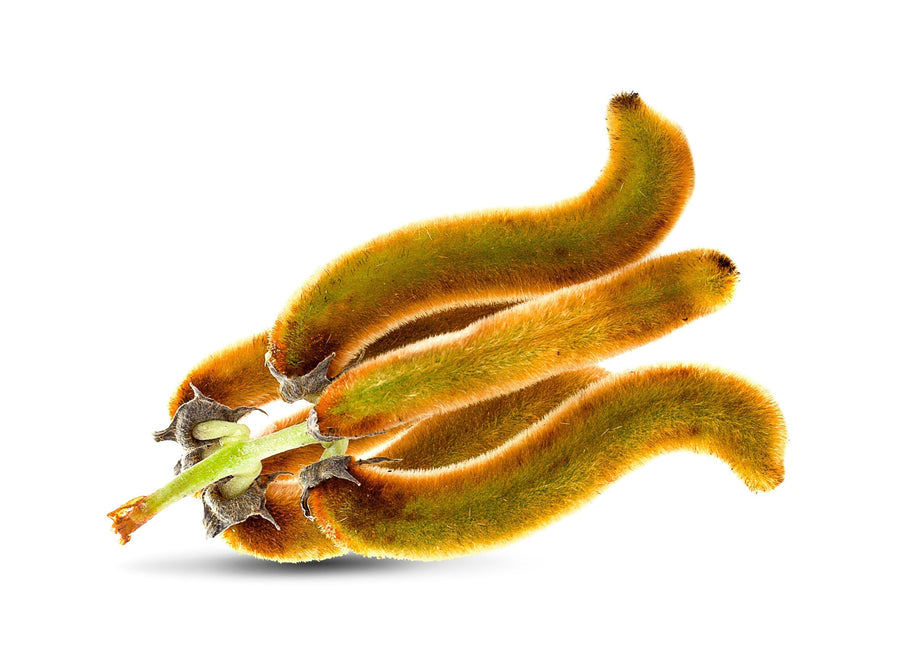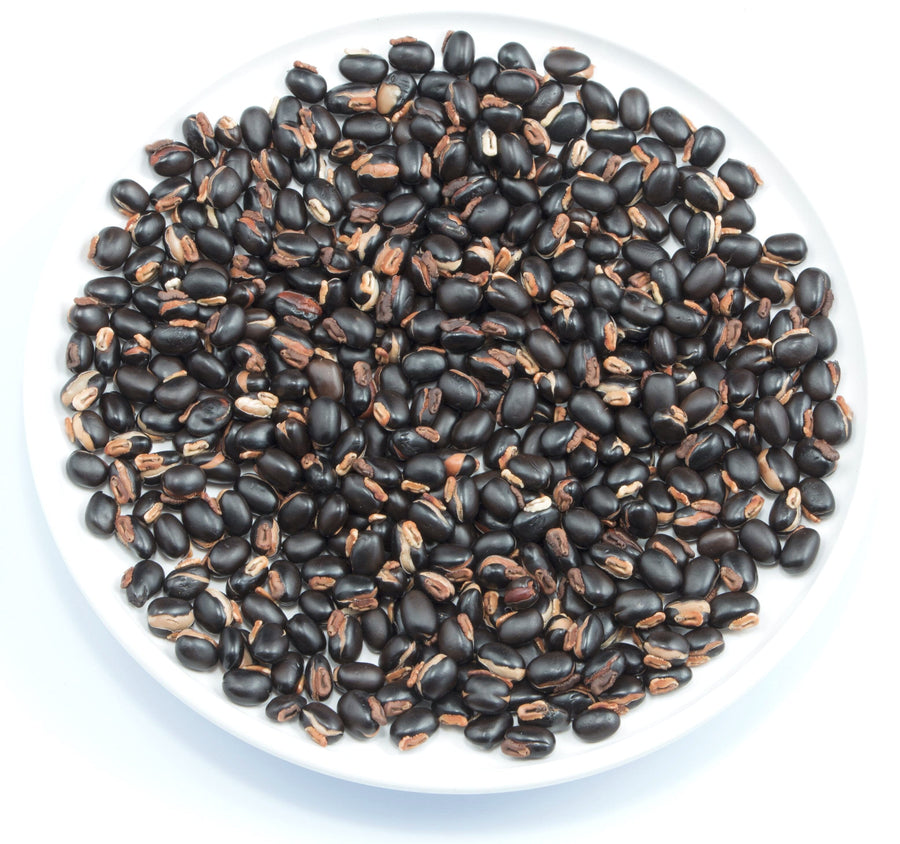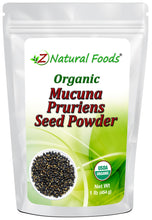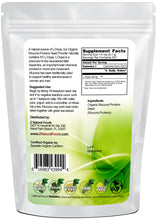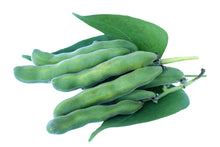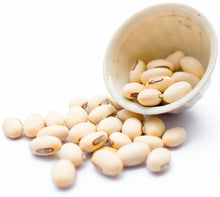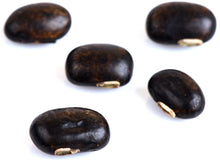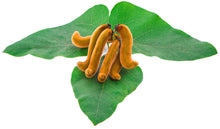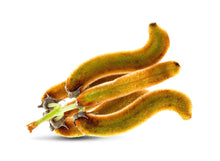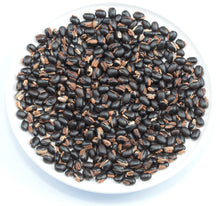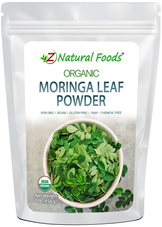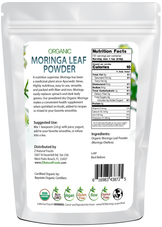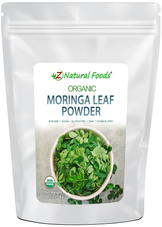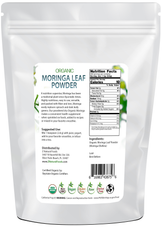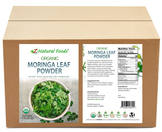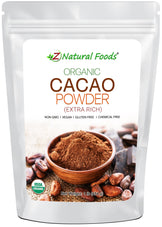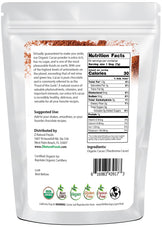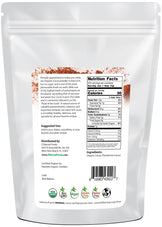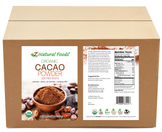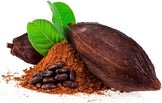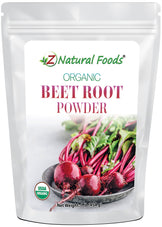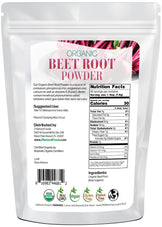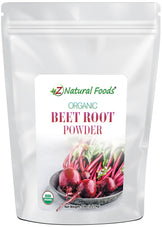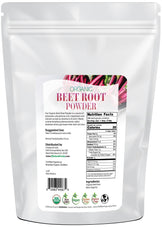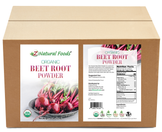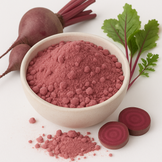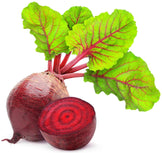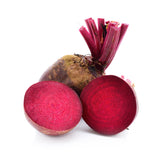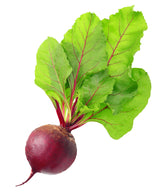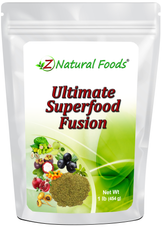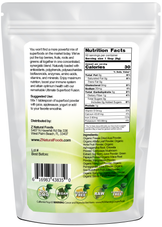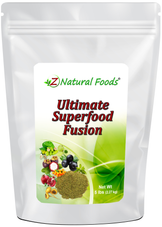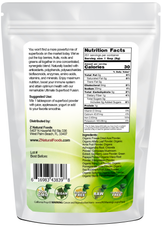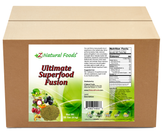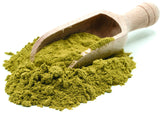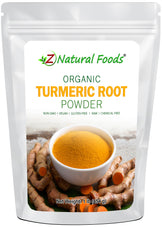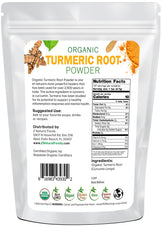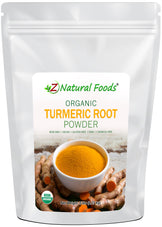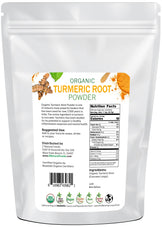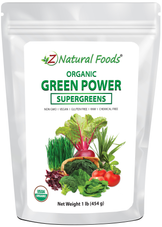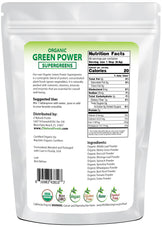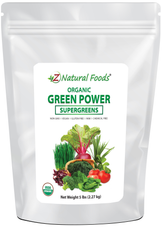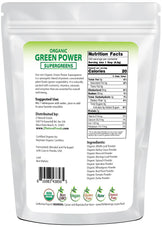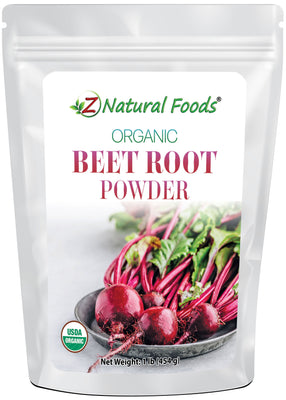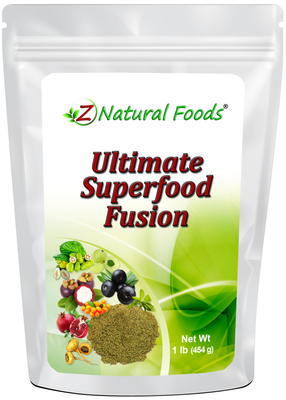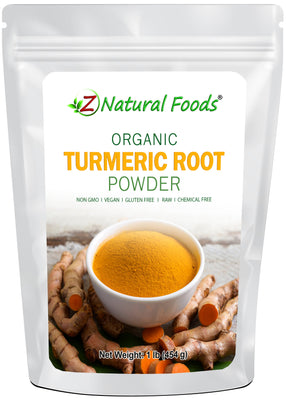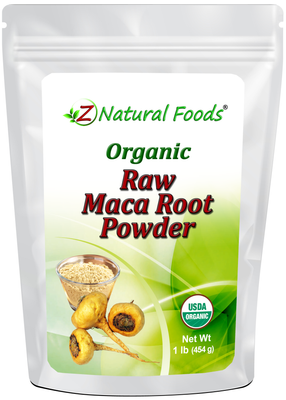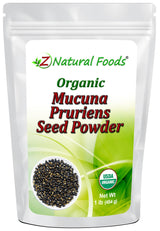About Product
Organic Mucuna Pruriens Seed Powder comes from the velvet bean, a tropical legume native to India. Finely ground for easy use, it has a naturally earthy flavor and blends smoothly into smoothies, teas, and herbal preparations.
Convenient and shelf-stable, this versatile powder can also be incorporated into soups, tonics, or other recipes. Certified organic, non-GMO, and vegan-friendly, it’s a simple way to explore a traditional botanical ingredient.
Constituents of Mucuna include:
- Minerals: Calcium, Iron, Magnesium, Phosphorus, Potassium, Zinc, Copper, Manganese, Selenium
- Vitamins: Niacin, Riboflavin
- Amino Acids: Cystine, glutamic acid, glutathione, glycine, histidine, Isoleucine, Lysine, Methionine, Phenylalanine, Serine, Threonine, Tyrosine, Valine
- Phytochemicals: Alkaloids, Alkylamines, Arachidic acid, Behenic acid, Betacarboline, Bufotenine, Dopamine, Fatty Acids, flavones, galactose d, gallic acid, 5-hydroxytryptamine, L-Dopa, Mannose D, 6-Methoxyharman, Mucunadine, Mucunain, Mucunine, Myristic Acid, Prurienidine, Prurienine, Saponins, Stizolamine, Tryptamine, Vernolic acid.
- Sterols: Beta-sitosterol, Genistein, hydroxy genistein
- Fatty Acids: Linoleic acid, Linolenic acid, Oleic acid
- Enzymes: Trypsin
Suggested Use: Begin by taking 1/4 teaspoon daily; if no adverse reactions occur, work up to 1 teaspoon daily. Mix with water, juice, and yogurt, add to a smoothie, or infuse into a tea. Mucuna may work best when taken together with green tea extract.
Other preparations:
Tincture - This method can take 15 to 30 days. You will need three items (a mason jar with a cover, the herb/herbs of your choice, and liquid for extracting). The extracting liquid can be alcohol, alcohol/ water combo, vinegar, or vegetable glycerin. Take the product and fill the jar ¾ full, add the liquid of your choice, and close the jar. Then shake the jar, so everything is well mixed. Give the jar a good 5-minute shake several times a day. After 15 to 30 days, strain and bottle in glass tincture jars.
Mixing suggestions: To increase flavor and nutritional profile, combine with our organic extra-rich cacao powder.
Mucuna Pruriens is an established herbal remedy in some societies. However, due to the lack of robust scientific evidence regarding its safety and effectiveness, its use in the U.S. requires medical supervision.
Botanical Name: Mucuna Pruriens.
Other Names: Velvet bean, Cowitch, Cowhage, Cow-itch, mucuna, nescafé, pó de mico, fava-coceira, cabeca-de-frade, cowage, Bengal bean, Mauritius bean, itchy bean, krame, pica pica, chiporro, buffalo bean, Kapikachu, atmagupta, yerepe, Yoruba.
Parts Used: Raw Mucuna Pruriens Seed.
Certifications: Certified USDA Organic.
Ingredients: Organic Mucuna Pruriens.
Origin: Grown and dried in India and packaged with care in Florida, USA.
How to Maintain Optimum Freshness
- This product is packaged in airtight stand-up, resealable foil pouches for optimum freshness.
- Once opened, push the air out of the pouch before resealing it to preserve maximum potency.
- Keep your powder in a cool, dark, dry place.
This product is 100% natural and minimally processed:
Taste, smell, texture, and color vary from batch to batch. Go here to learn why our products may naturally vary.
The important protections we take to bring you safe and nutritious superfoods:
Please go here to discover the essential steps we take to deliver fresh, quality nutrition.
Bulk Quantities?
Need to order a large quantity of our products? We are happy to help! Please get in touch with our Bulk department to discuss the details.
* Product packaging, pictures, and origin may vary.
Sources & References
1. Ratsch, Christian. Enzyklopadie der psychoaktiven Pflanzen. Botanik, Ethnopharmakologie und Anwendungen. Aarau: AT-Verl. p. 15. ISBN 978-3-85502-570-1.
2. "Factsheet - Mucuna pruriens". www.tropicalforages.info. Retrieved 2008-02-23.
3. "Factsheet - Mucuna pruriens". www.tropicalforages.info. Retrieved 2008-05-21.
4. Amin KMY, Khan MN, Hakim Syed Zillur Rahman, et al. (1996) "function improving effect of Mucuna pruriens in normal male rats". Fitoterapia, jrg.67 (nr.1): pp. 53-58. Quote: The seeds of M. pruriens are used for treating sexual dysfunction in Tibb-e-Unani (Unani Medicine), the traditional system of medicine of the Indo-Pakistan Subcontinent.
5. Tan, NH; Fung, SY; Sim, SM; Marinello, E; Guerranti, R; Aguiyi, JC (2009). "The protective effect of Mucuna pruriens seeds against snake venom poisoning". Journal of Ethnopharmacology 123 (2): 356" 8. doi:10.1016/j.jep.2009.03.025. PMID 19429384.
6. "Characterization of the factor responsible for the antisnake activity of Mucuna Pruriens"' seeds". Journal of Preventive Medicine and Hygiene 40: 25" 28. 1999.
7. http://sphinxsai.com/sphinxsaiVol_2No.1/PharmTech_Vol_2No.1/PharmTech_Vol_2No.1PDF/PT=132%20(870-874).pdf.
8. Medicinal Plants: Chemistry And ... - Google Book Search. books.google.com. 2006. ISBN 978-1-57808-395-4. Retrieved 2008-05-23.
9. Katzenschlager, R; Evans, A; Manson, A; Patsalos, PN; Ratnaraj, N; Watt, H; Timmermann, L; Van Der Giessen, R et al. (2004). "Mucuna pruriens in Parkinson's disease: a double-blind clinical and pharmacological study". Journal of Neurology, Neurosurgery & Psychiatry 75 (12): 1672" 7. doi:10.1136/jnnp.2003.028761. PMC 1738871. PMID 15548480.
10. Medical Toxicology - Google Book Search. books.google.com. 2004. ISBN 978-0-7817-2845-4. Retrieved 2008-03-15.
11. YERRA RAJESHWAR, MALAYA GUPTA and UPAL KANTI MAZUMDER (2005). "In Vitro Lipid Peroxidation and Antimicrobial Activity of Mucuna pruriens Seeds". IJPT 4: 32"“35.
12. G. V. Joglekar, M. B. Bhide J. H. Balwani. An experimental method for screening antipruritic agents. British Journal of Dermatology. Volume 75 Issue 3 Page 117 - March 1963.
13. Lieu CA. Kunselman AR. Manyam BV. Venkiteswaran K. Subramanian T."A water extract of Mucuna pruriens provides long-term amelioration of parkinsonism with reduced risk for dyskinesias." Parkinsonism & Related Disorders. 16(7):458-65, 2010 Aug.
14. Manyam BV, Dhanasekaran M, Hare TA. Effect of antiparkinson drug HP-200 (Mucuna pruriens) on the central monoaminergic neurotransmitters. 2004. Phytother Res 18:97-101. DOI: 10.1002/ptr.1407 PMID 15022157.
15. Manyam BV, Dhanasekaran M, Hare TA. Neuroprotective effects of the antiparkinson drug Mucuna pruriens. 2004. Phytother Res 18:706-712. DOI: 10.1002/ptr.1514 PMID 15478206.
16. Katzenschlager R, Evans A, Manson A, et al. Mucuna pruriens in Parkinson's disease: a double-blind clinical and pharmacological study. 2004. J Neurol Neurosurg Psychiatry 75:1672-1677. DOI: 10.1136/jnnp.2003.028761 PMID 15548480 free full text.
17. "Erowid Mucuna pruriens Vault". www.erowid.org. Retrieved 2008-03-02.
18. "Species Information". sun.ars-grin.gov. Retrieved 2008-03-02.
19. "The phytochemistry, toxicology, and food potential of velvet bean". www.idrc.ca. Retrieved 2008-03-02.
20. Chemical Compounds Found in "Mucuna Puriens".
21. D Champatisingh, P K Sahu, A Pal, and G Nanda. Anticataleptic and antiepileptic activity of ethanolic extract of leaves of Mucuna pruriens: A study on the role of the dopaminergic system in epilepsy in albino rats. Indian Journal of Pharmacology. 43 (2) 2011, 197-199.www.ijp-online.com.
22. "Mucuna pruriens information from NPGS/GRIN". www.ars-grin.gov. Retrieved 2008-02-23.
23. https://www.ncbi.nlm.nih.gov/pubmed/26928470
24. http://drugpolicycentral.com/bot/index.cgi?xfml=1&max=100
25. http://www.ncbi.nlm.nih.gov/pmc/articles/PMC2816389/
26. http://www.phytojournal.com/vol2Issue1/Issue_may_2013/43.pdf
27. http://www.mdidea.com/products/proper/proper05003.html
28. https://www.ncbi.nlm.nih.gov/pubmed/15548480
29. https://www.ncbi.nlm.nih.gov/pubmed/21459537
30. https://www.ncbi.nlm.nih.gov/pubmed/21547085
31. https://www.ncbi.nlm.nih.gov/pubmed/21556742
32. https://www.ncbi.nlm.nih.gov/pubmed/21572658
33. https://www.ncbi.nlm.nih.gov/pubmed/21614888
34. https://www.ncbi.nlm.nih.gov/pubmed/21785646
35. https://www.ncbi.nlm.nih.gov/pubmed/21808573
36. https://www.ncbi.nlm.nih.gov/pubmed/21826188
37. https://www.ncbi.nlm.nih.gov/pubmed/21909932
38. https://www.ncbi.nlm.nih.gov/pubmed/21914541
39. https://www.ncbi.nlm.nih.gov/pubmed/21959815
40. https://www.ncbi.nlm.nih.gov/pubmed/21968056
41. https://www.ncbi.nlm.nih.gov/pubmed/21968621
42. https://www.ncbi.nlm.nih.gov/pubmed/21995853
43. https://www.ncbi.nlm.nih.gov/pubmed/21995853
44. https://www.ncbi.nlm.nih.gov/pubmed/22015254
45. https://www.ncbi.nlm.nih.gov/pubmed/22447581
46. https://www.ncbi.nlm.nih.gov/pubmed/22688243
47. https://www.ncbi.nlm.nih.gov/pubmed/22707835
48. https://www.ncbi.nlm.nih.gov/pubmed/22997535
49. https://www.ncbi.nlm.nih.gov/pubmed/24716148
50. https://www.ncbi.nlm.nih.gov/pubmed/23031584
51. https://www.ncbi.nlm.nih.gov/pubmed/23086155
52. https://www.ncbi.nlm.nih.gov/pubmed/25674405
53. https://www.ncbi.nlm.nih.gov/pubmed/23329422
54. https://www.ncbi.nlm.nih.gov/pubmed/23349947
55. https://www.ncbi.nlm.nih.gov/pubmed/23349947
56. https://www.ncbi.nlm.nih.gov/pubmed/23392330
57. https://www.ncbi.nlm.nih.gov/pubmed/23474323
58. https://www.ncbi.nlm.nih.gov/pubmed/23529844
59. https://www.ncbi.nlm.nih.gov/pubmed/23562769
60. https://www.ncbi.nlm.nih.gov/pubmed/23568404
61. https://www.ncbi.nlm.nih.gov/pubmed/23795319
62. https://www.ncbi.nlm.nih.gov/pubmed/23875901
63. https://www.ncbi.nlm.nih.gov/pubmed/24190293
64. https://www.ncbi.nlm.nih.gov/pubmed/24291190
65. https://www.ncbi.nlm.nih.gov/pubmed/24315849
66. https://www.ncbi.nlm.nih.gov/pubmed/24333323
67. https://www.ncbi.nlm.nih.gov/pubmed/24660477
68. https://www.ncbi.nlm.nih.gov/pubmed/24756463
69. https://www.ncbi.nlm.nih.gov/pubmed/24782227
70. https://www.ncbi.nlm.nih.gov/pubmed/24863352
71. https://www.ncbi.nlm.nih.gov/pubmed/25049876
72. https://www.ncbi.nlm.nih.gov/pubmed/25241584
73. https://www.ncbi.nlm.nih.gov/pubmed/25340511
74. https://www.ncbi.nlm.nih.gov/pubmed/25364207
75. https://www.ncbi.nlm.nih.gov/pubmed/25774560
76. https://www.ncbi.nlm.nih.gov/pubmed/25868619
77. https://www.ncbi.nlm.nih.gov/pubmed/26058043
78. https://www.ncbi.nlm.nih.gov/pubmed/26366963
79. https://www.ncbi.nlm.nih.gov/pubmed/26505152
80. https://www.ncbi.nlm.nih.gov/pubmed/26787938
81. https://www.ncbi.nlm.nih.gov/pubmed/26810548
82. https://www.ncbi.nlm.nih.gov/pubmed/26854846
* Reviews & Success Stories Disclaimer
Product reviews solely reflect the views and opinions expressed by the contributors and not those of Z Natural Foods. Z Natural Foods does not verify or endorse any claims made in these reviews. Statements have not been evaluated by the FDA and are not intended to diagnose, treat, cure, or prevent any disease or health condition.REFERRAL PROGRAM
Share your personal link to your friends and welcome them with rewards. Claim yours when they make their first purchase.

GIVE
$10 off discount

GET
$10 off discount
Other products in the same category
Beet Root Powder - Organic
£11.56
Ultimate Superfood Fusion
£25.61
